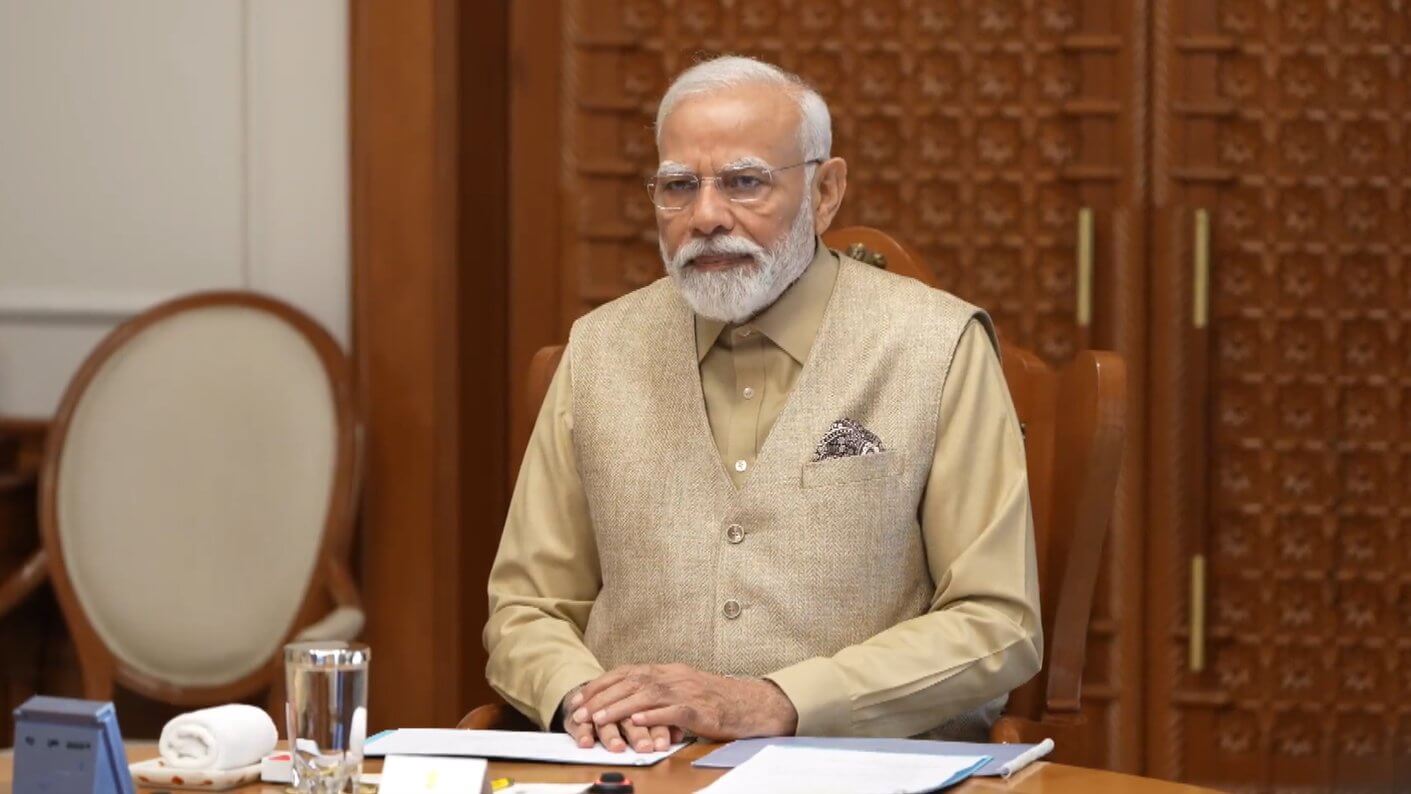Indian PM Narendra Modi said on Tuesday that the country aims to set up a space station by 2035.
While addressing a high-level meeting to assess the progress of India’s Gaganyaan mission, Modi also highlighted India’s ambitions to send an astronaut to the moon by 2040.
Overview
A PM’s Office statement said that Modi issued instructions to the space department and outlined the future of the country’s space exploration endeavours during the meeting.
Prime Minister reviews readiness of Gaganyaan Mission
— ISRO (@isro) October 17, 2023
Indian Space Station to be set up by 2035
India to send Man to Moon by 2040
India to undertake missions to Venus and Marshttps://t.co/0slL2RUWkY@PMOIndia
“Building on the success of the Indian space initiatives, including the recent Chandrayan-3 and Aditya L1 Missions, PM directed that India should now aim for new and ambitious goals, including setting up ‘Bharatiya Antariksha Station’ (Indian Space Station) by 2035 and sending first Indian to the moon by 2040,” the statement said.
It mentioned, “To realize this vision, the Department of Space will develop a roadmap for moon exploration.”
The roadmap will involve a series of Chandrayaan missions, developing a Next Generation Launch Vehicle (NGLV), constructing a new launch pad, and setting up human-centric laboratories and associated technologies.
The Indian PM also urged the scientists to work on interplanetary missions, including a Venus Orbiter Mission and a Mars Lander.
Modi expressed confidence in India’s capabilities at the meeting and affirmed the country’s determination to scale new heights in space exploration.
Gaganyaan Mission
The country is now looking forward to the Gaganyaan project, which aims to send a human crew to an orbit of 400km and bring the crew back safely to Indian waters.
At the meeting, the Space Department highlighted the various technologies developed, including Human-Rated Launch Vehicles (HLVM3) and system qualification for the mission.
ISRO has scheduled the first demonstration flight for the Crew Escape System Test Vehicle for 21 October. The test flight will be launched on a GSLV Mark III rocket between 7 a.m. and 9 a.m. from the Satish Dhawan Space Centre in Sriharikota, Andhra Pradesh.
The Crew Escape System is designed to safeguard the astronauts in case of an emergency during the launch or ascent.
Reviewed the readiness of the Gaganyaan Mission and also reviewed other aspects relating to India’s space exploration efforts.
— Narendra Modi (@narendramodi) October 17, 2023
India’s strides in the space sector over the past few years have been commendable and we are building on them for more successes. This includes the… pic.twitter.com/8Fi6WAxpoc
After the test, another test flight will be conducted with a robot being carried into space before the final crewed mission occurs before the end of 2024.
Around 20 major tests, including three uncrewed missions of the GLVM3, have been planned by ISRO.
India in Space
India has made significant strides in the field of space in recent times.
The country successfully conducted the Chandrayaan-3 Mission in August, landing a spacecraft on the far side of the moon. With this, India became the fourth country in the world to achieve a soft landing on the moon.
On 2 September, India launched the Aditya-L1 spacecraft, India’s first mission to study the Sun.
In 2014, India succeeded in its first interplanetary travel with its Mars Orbiter Mission (MOM), also known as the Mangalyaan, successfully entered the Red Planet’s orbit.
With its cost-effective endeavours and significantly high success rate, India’s space program is a success story for the country.

